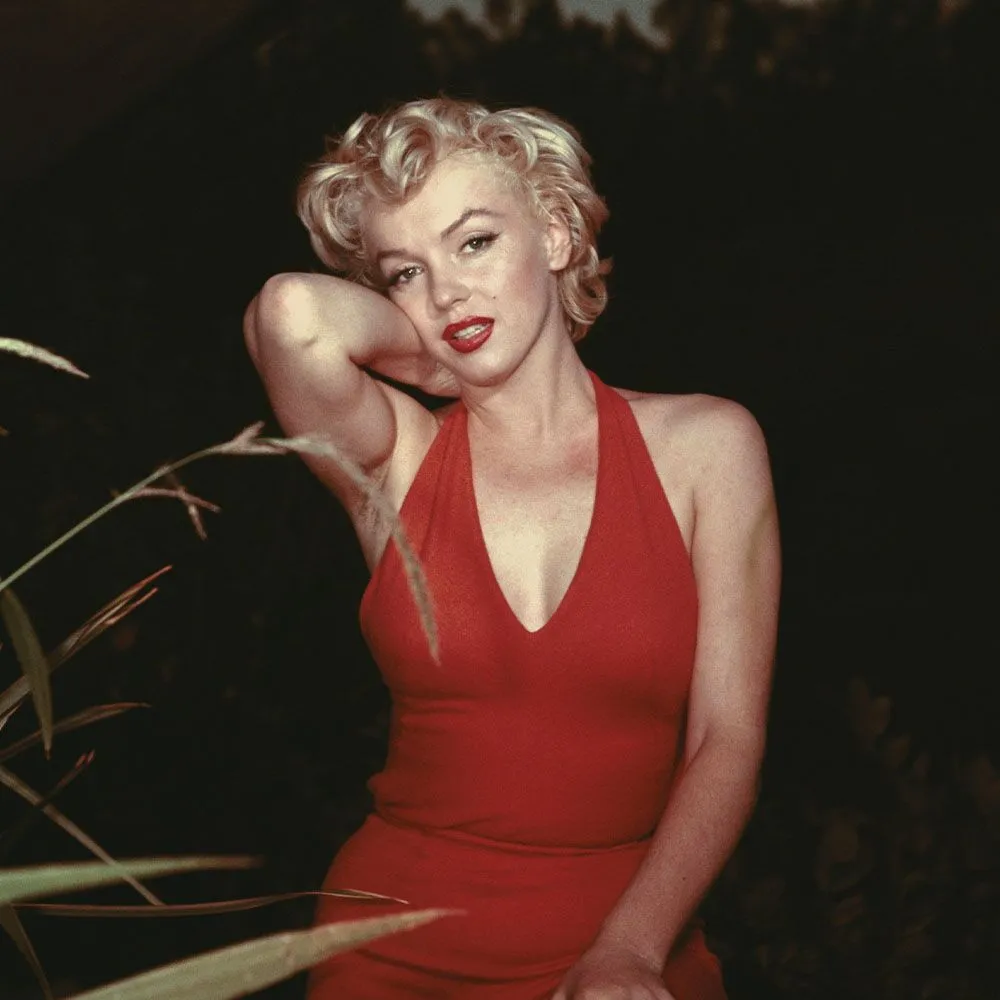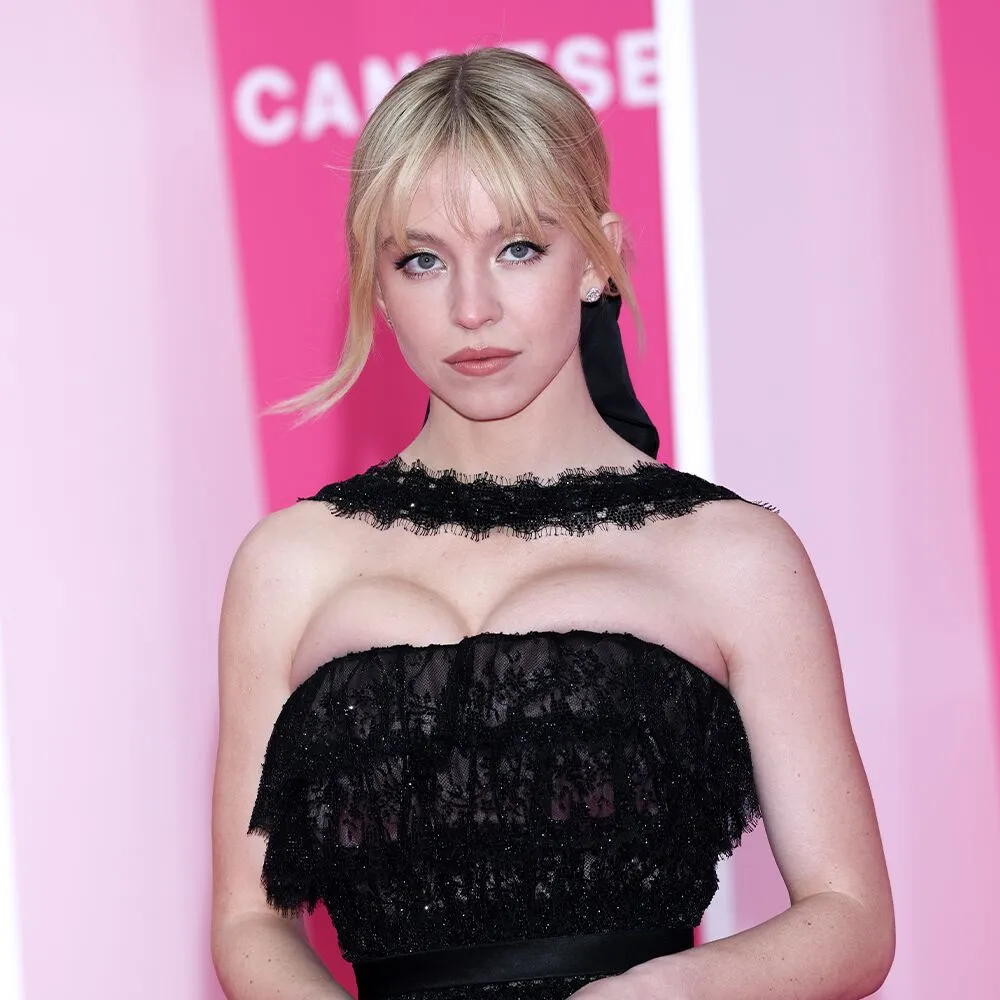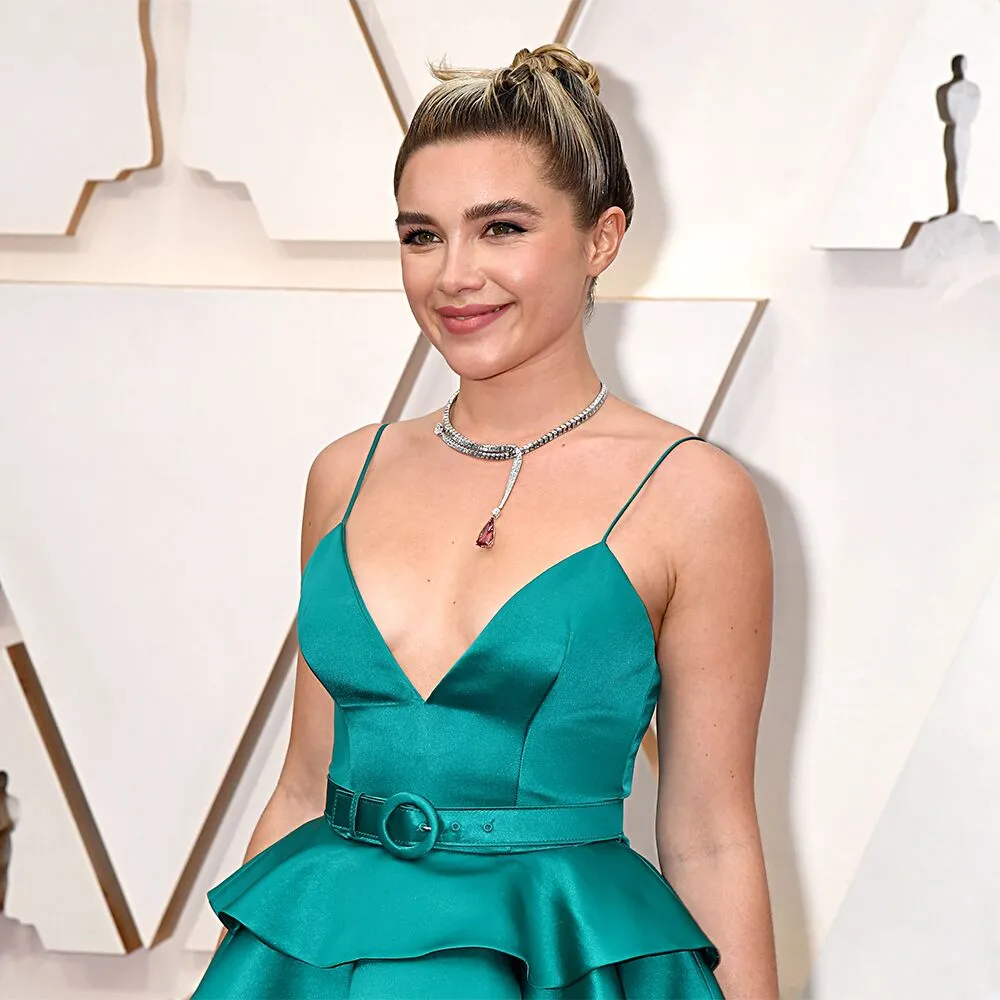The concept of beauty is ever-changing, and what was once considered ideal may shift dramatically over the years. This is especially true when it comes to the perception of the “best boobs.” From ancient Greece to the modern Hollywood scene, the idea of the perfect breast shape has continuously evolved, influenced by cultural trends, societal norms, and iconic figures of each era. Join us as we journey through the past century to explore how the standards of breast beauty have transformed.
The 1920s: Embracing the Flapper Look

In the roaring twenties, fashion was all about rebellion and liberation. The ideal breast shape mirrored this sentiment, leaning towards a flatter, more masculine silhouette. Women of this era favored a boyish figure, often downplaying their curves to fit into the flapper dresses that defined the decade. This period marked a significant departure from the previously celebrated hourglass figure, emphasizing a more androgynous look.
Key Characteristics:
- Flatter chests
- Minimal cleavage
- Masculine silhouettes
The 1950s: The Return of the Hourglass

The post-war era of the 1950s brought about a renewed appreciation for curves and femininity. Marilyn Monroe became the epitome of beauty, with her voluptuous figure setting the standard for the ideal breast shape. Fuller, rounder breasts were in vogue, symbolizing fertility, prosperity, and sensuality. The hourglass figure was back in fashion, and women embraced padded bras and corsets to enhance their curves.
Key Characteristics: best boobs
- Voluptuous breasts
- Pronounced cleavage
- Hourglass figure
The 1960s: Forward Projection and Fuller Shapes

The 1960s saw another shift in the perception of ideal breasts. Women favored fuller breasts with a more pronounced forward projection. This decade was marked by youthful exuberance and sexual liberation, with icons like Raquel Welch epitomizing the era’s beauty standards. The focus was on creating a perky, uplifted appearance that complemented the bold fashion trends of the time.
Key Characteristics:
- Full breasts
- Forward projection
- Youthful perkiness
The 1970s: Natural Beauty and Embracing Imperfection

The 1970s brought a wave of naturalism and a back-to-nature movement. Women began to embrace their natural breast shapes, including those that drooped or were less than perfectly symmetrical. This decade celebrated authenticity and comfort, with many women forgoing bras altogether. The emphasis was on showing more skin and appreciating the natural beauty of the human body.
Key Characteristics: best boobs
- Natural, drooping breasts
- Braless styles
- Emphasis on authenticity
The 1980s: The Rise of Augmentation

The 1980s were synonymous with excess and extravagance, and this extended to the perception of ideal breasts. Silicone implants became increasingly popular, and the demand for breast augmentation soared. Big, firm breasts were in vogue, often enhanced through surgical means. This decade celebrated larger-than-life beauty standards, with big hair and big breasts defining the aesthetic.
Key Characteristics: best boobs
- Large, augmented breasts
- Firmness and roundness
- Popularity of silicone implants
The 1990s: The Baywatch Effect

The 1990s brought a new era of breast beauty, heavily influenced by the popular television show “Baywatch.” Pamela Anderson became an icon of this decade, with her large, round, and firm breasts setting the trend. The ideal breast shape was now bigger and bolder, reflecting the glamor and glitz of Hollywood. Breast implants were more common than ever, and the aesthetic leaned towards a very polished, artificial look.
Key Characteristics:
- Big, round, firm breasts
- Hollywood glamor
- Prevalence of implants
The 2000s: A Shift Towards Natural Fullness

As we entered the new millennium, the beauty standards began to shift once again. The early 2000s saw a move away from the exaggerated look of the 1990s, favoring more natural-looking full breasts. Women sought a proportionate and balanced appearance, with a focus on achieving fullness without overtly obvious enhancements. This period emphasized a return to a more authentic and relatable beauty standard.
Key Characteristics:
- Natural-looking fullness
- Proportionate and balanced
- Subtle enhancements
The 2010s: Cleavage Redefined

The 2010s continued the trend towards natural beauty, with a particular focus on achieving cleavage that did not appear fake. Women had the option to choose between round and full or natural and full breast shapes, depending on their personal preferences. This decade celebrated individuality and diversity, with no single standard dominating the scene. The goal was to achieve a look that was both attractive and authentic.
Key Characteristics:
- Varied options: round and full or natural and full
- Authentic cleavage
- Emphasis on individuality
The 2020s: Embracing Authenticity

In the 2020s, the trend towards natural-looking breasts has only strengthened. The most desired aesthetic is one that emphasizes proportionate breasts with a mid- to low-profile that does not look overly full. There is a strong focus on embracing what one is naturally endowed with, reflecting a broader societal shift towards body positivity and self-acceptance.
Key Characteristics:
- Proportionate, natural fullness
- Mid- to low-profile breasts
- Emphasis on body positivity
2022: The Revival of Fullness

By 2022, there was a noticeable return to larger, fuller breasts, but with a much more natural appearance compared to the Baywatch era. The aesthetic preference leaned towards a look that combined fullness with a lower profile, avoiding the overly augmented look of previous decades. Women embraced their natural shapes, enhancing them subtly to achieve the desired fullness.
Key Characteristics: best boobs
- Larger, fuller breasts
- Natural appearance
- Lower profile than previous trends
2023: The Generation Z Influence

In 2023, Generation Z has brought a new perspective to breast beauty. There is a growing trend towards braless styles, natural drooping, and diminutive, implant-free breasts. This generation values authenticity and comfort, favoring natural shapes and rejecting the artificial enhancements popular in previous eras. The focus is on embracing one’s natural body and celebrating individual beauty.
Key Characteristics:
- Braless styles
- Natural drooping
- Implant-free, diminutive breasts
Conclusion
The journey of breast beauty standards over the past century is a fascinating reflection of cultural, societal, and aesthetic shifts. From the flatter chests of the 1920s to the natural drooping embraced by Generation Z, the ideal breast shape has evolved dramatically. Each era brought its own unique perspective, influenced by the icons and trends of the time. As we move forward, the trend towards natural beauty and self-acceptance continues to grow, celebrating the diverse and authentic shapes of the human body.
The perception of the best boobs is ever-changing, reflecting broader cultural trends and societal values. As we celebrate the diverse beauty standards of each era, it is clear that the most enduring ideal is one that embraces authenticity and self-acceptance.
Discover more News trends:
- Rachel Green Outfits: Timeless Styles You Can Wear Today
- Tom Holland and Zendaya’s Rare Public Outing in London
- Jennifer Lopez Shines in Intimissimi’s New Silky Intimates Campaign
- Old money fashion style: Timeless Elegance and Sophistication
- Follow us on Facebook
- Follow us on Pinterest
















